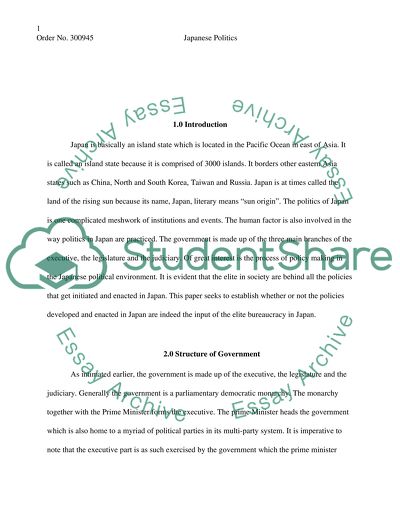Cite this document
(“Japanese Politics Essay Example | Topics and Well Written Essays - 1250 words”, n.d.)
Retrieved from https://studentshare.org/miscellaneous/1503059-japanese-politics
Retrieved from https://studentshare.org/miscellaneous/1503059-japanese-politics
(Japanese Politics Essay Example | Topics and Well Written Essays - 1250 Words)
https://studentshare.org/miscellaneous/1503059-japanese-politics.
https://studentshare.org/miscellaneous/1503059-japanese-politics.
“Japanese Politics Essay Example | Topics and Well Written Essays - 1250 Words”, n.d. https://studentshare.org/miscellaneous/1503059-japanese-politics.


